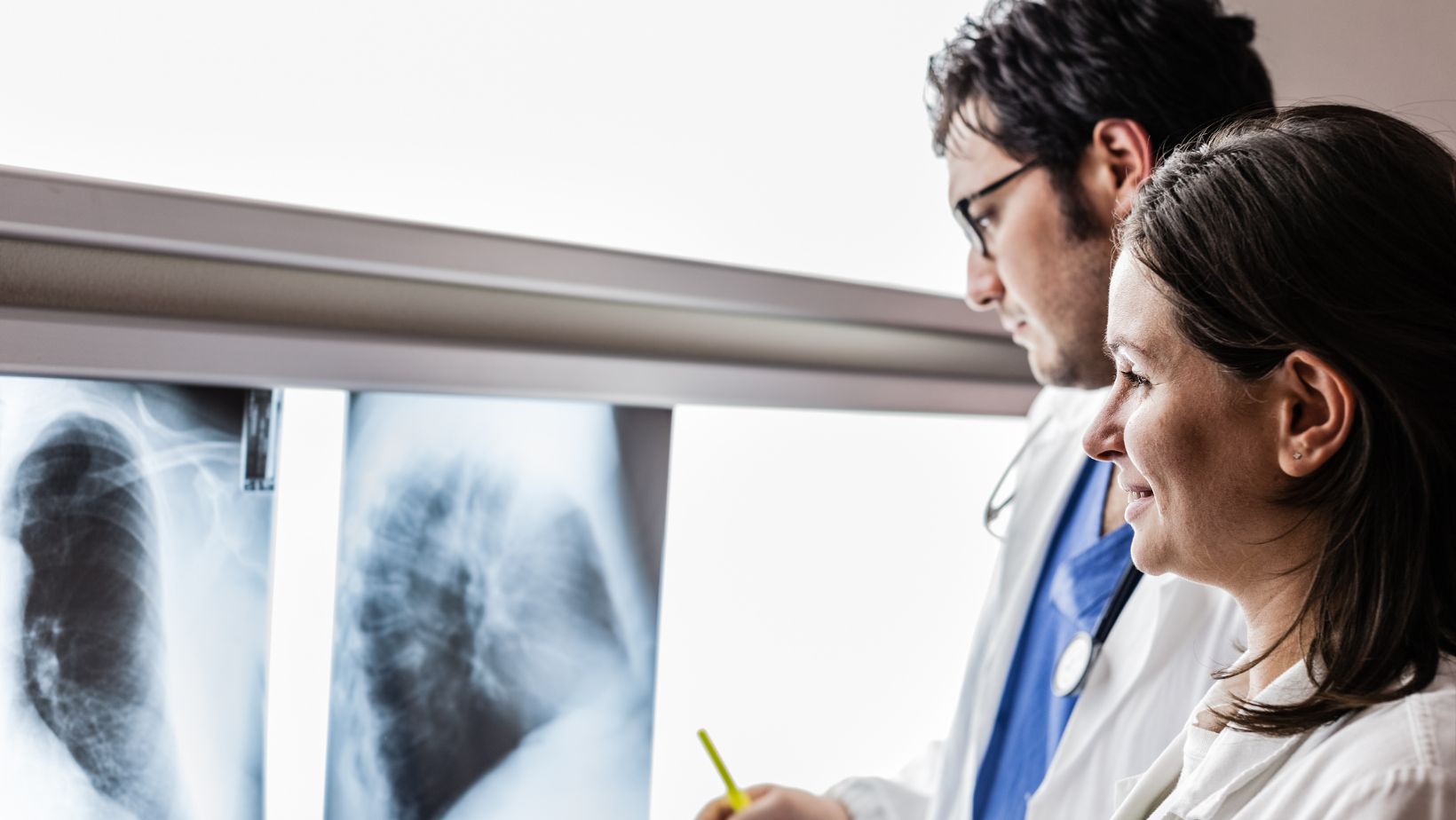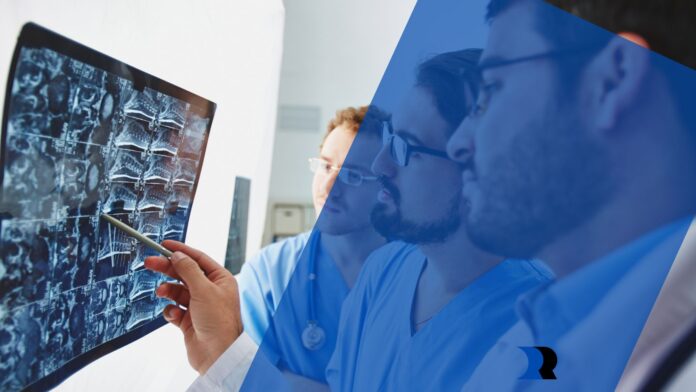Teleradiology has evolved as a critical tool in the fast-changing landscape of modern healthcare, allowing remote interpretation of medical images for early diagnosis and treatment. However, growing reliance on digital technology brings new issues, particularly in maintaining the accuracy and dependability of radiological interpretations. To solve these problems and maintain the highest levels of patient care, teleradiology has created a strong set of Quality Assurance (QA) methods. In this article, we will look at the full framework of QA procedures that cover the pre-examination, examination, and post-examination stages to assure precision and safety in teleradiological practices.
Pre-Examination Measures
The basic steps in teleradiology quality assurance are pre-examination measures, which are designed to set the stage for accurate and trustworthy image interpretation. These procedures include:
Credentialing and Privileging of Teleradiologists
Teleradiologists must be credentialed and prioritized before the examination. This process entails thorough assessments of their qualifications, including licensing and certificates appropriate to their country. Peer reviews and reference checks are also used to assess proficiency. This approach protects the integrity of teleradiology by ensuring that only certified specialists interpret medical images, promoting precise and dependable treatments for patients.
Equipment and Technology Standards
In teleradiology, maintaining high equipment and technological standards is critical. Modern imaging technology, such as powerful scanners and high-resolution monitoring, ensures the capture of crisp and detailed medical images. Routine maintenance plans and calibration tests are essential for maintaining equipment performance and preventing image distortions or inaccuracies. These guidelines ensure that the providers of teleradiology services have access to the most up-to-date tools for providing accurate and trustworthy interpretations, eventually improving patient care and diagnostic precision.
Data Security and Patient Privacy
In teleradiology, data security and patient privacy are critical. Strict privacy restrictions, such as HIPAA, protect patient information. Strong encryption, access controls, and audit trails ensure that data remains private. To prevent unauthorized access or data breaches, secure data transport and encrypted storage technologies are used. These safeguards help to maintain patients’ trust and confidentiality in teleradiology services.
During Examination Measures
Teleradiology services use a set of crucial metrics during the examination to assure the correctness and reliability of radiological interpretations. These strategies include:
Imaging Protocols
Teleradiology imaging protocols are standardized processes that guide the capture and interpretation of medical images. To achieve consistent and accurate outcomes, these procedures are rigorously constructed for numerous clinical settings.

Teleradiologists adhere to these set rules, which include precise imaging techniques and parameters, in order to minimize differences and errors in image acquisition, resulting in precise and uniform radiological interpretations for better patient care.
Second Opinions and Consultative Services
Second opinions and advisory skills are available through teleradiology services. Experienced radiologists provide essential second opinions in complicated patients, improving diagnostic accuracy. Collaboration with onsite medical staff promotes information sharing and complete patient care, ensuring that difficult cases are adequately assessed and comprehended.
Real-time Quality Control
In teleradiology, real-time quality control entails continuously checking picture quality during exams. This proactive technique detects issues such as artifacts or poor image quality as they arise, allowing for immediate treatment. Teleradiology teams improve the accuracy and dependability of interpretations by assuring picture quality, which benefits patient care and diagnosis.
Post-Examination Measures
Post-examination methods are critical in teleradiology to maintain radiological interpretation accuracy and dependability. These measures include:
Image Interpretation and Reporting
Teleradiologists play an important part in this process, assessing medical pictures meticulously. Image interpretation and reporting are critical components of healthcare BPO services. For difficult cases, a dual-reading system with two teleradiologists is used to improve accuracy.

The comprehensive nature of the resulting reports allows for exact patient diagnosis and easy communication between medical professionals and healthcare BPO providers.
Audit and Feedback
Audits and feedback are integral to teleradiology quality assurance. Regular audits of radiological reports assess their quality and adherence to protocols. Constructive feedback based on audit findings is provided to teleradiologists, fostering ongoing learning and improvement in interpretations, ultimately enhancing the accuracy and reliability of patient diagnoses.
Continuous Improvement
Teleradiology services are built on continuous improvement. Findings from audits, suggestions, and evolving technologies promote continuous improvements through systematic processes. Teleradiology providers adapt to incorporate changes that improve accuracy, efficiency, and customer service, ensuring that the highest possible standards are maintained and exceeded on a constant basis.
Conclusion
In a nutshell, the implementation of rigorous quality assurance measures in teleradiology is essential to guaranteeing accurate and reliable patient diagnoses. From pre-examination credentialing to post-examination audits and feedback, these measures uphold the highest standards of care. As technology evolves, continuous improvement remains crucial, ensuring that teleradiology continues to provide precise and efficient diagnostic services, ultimately enhancing patient outcomes and safety in the ever-advancing field of healthcare.


